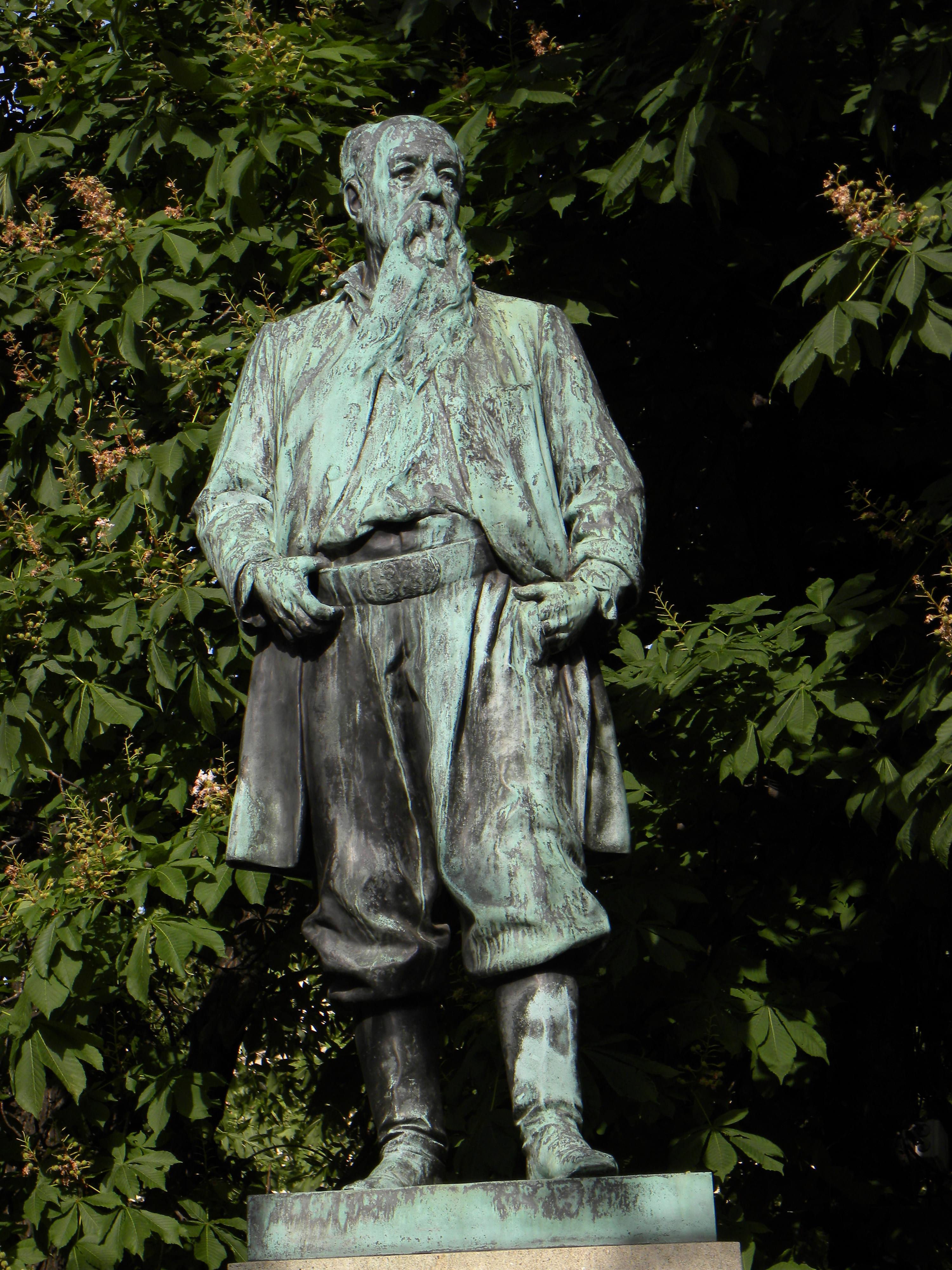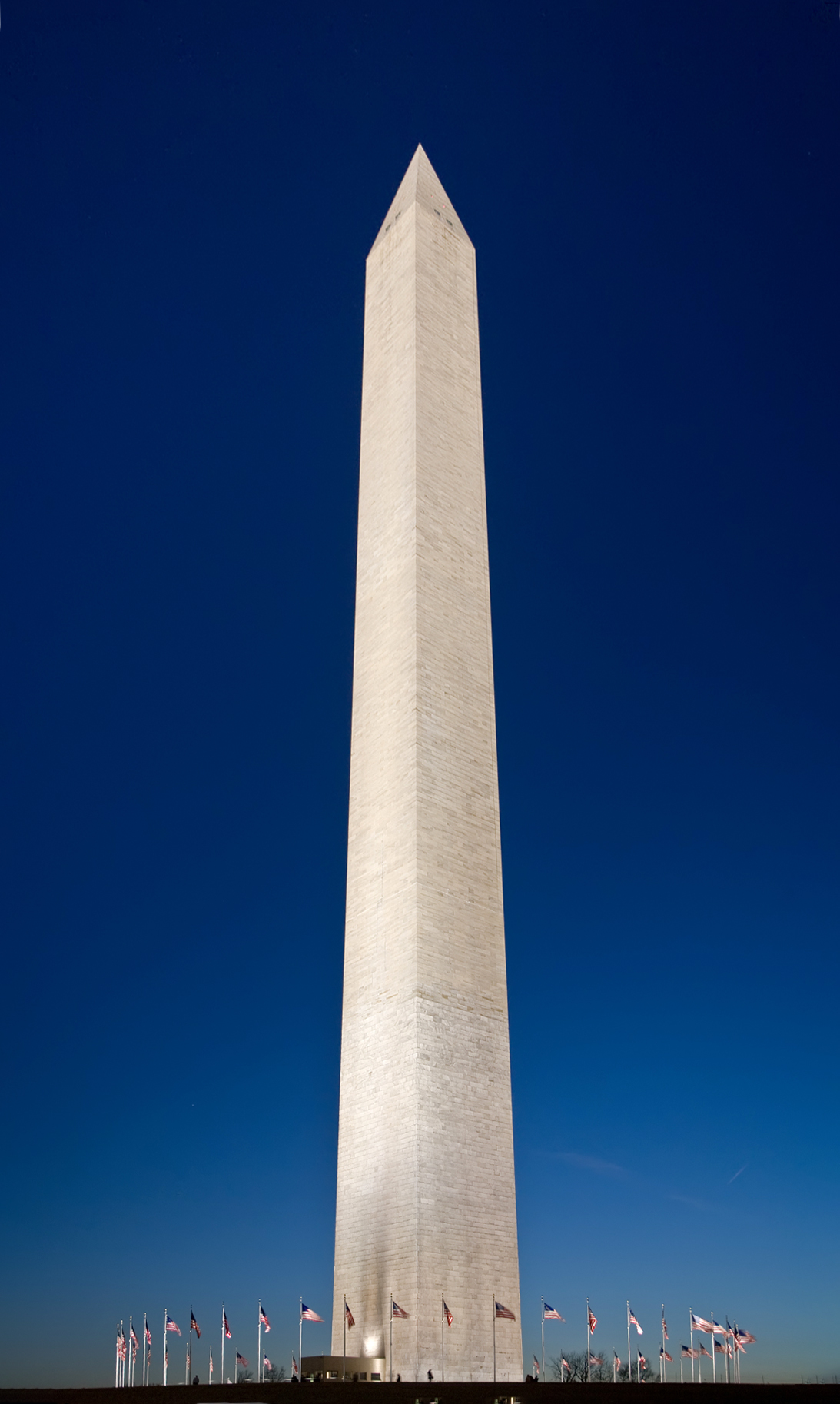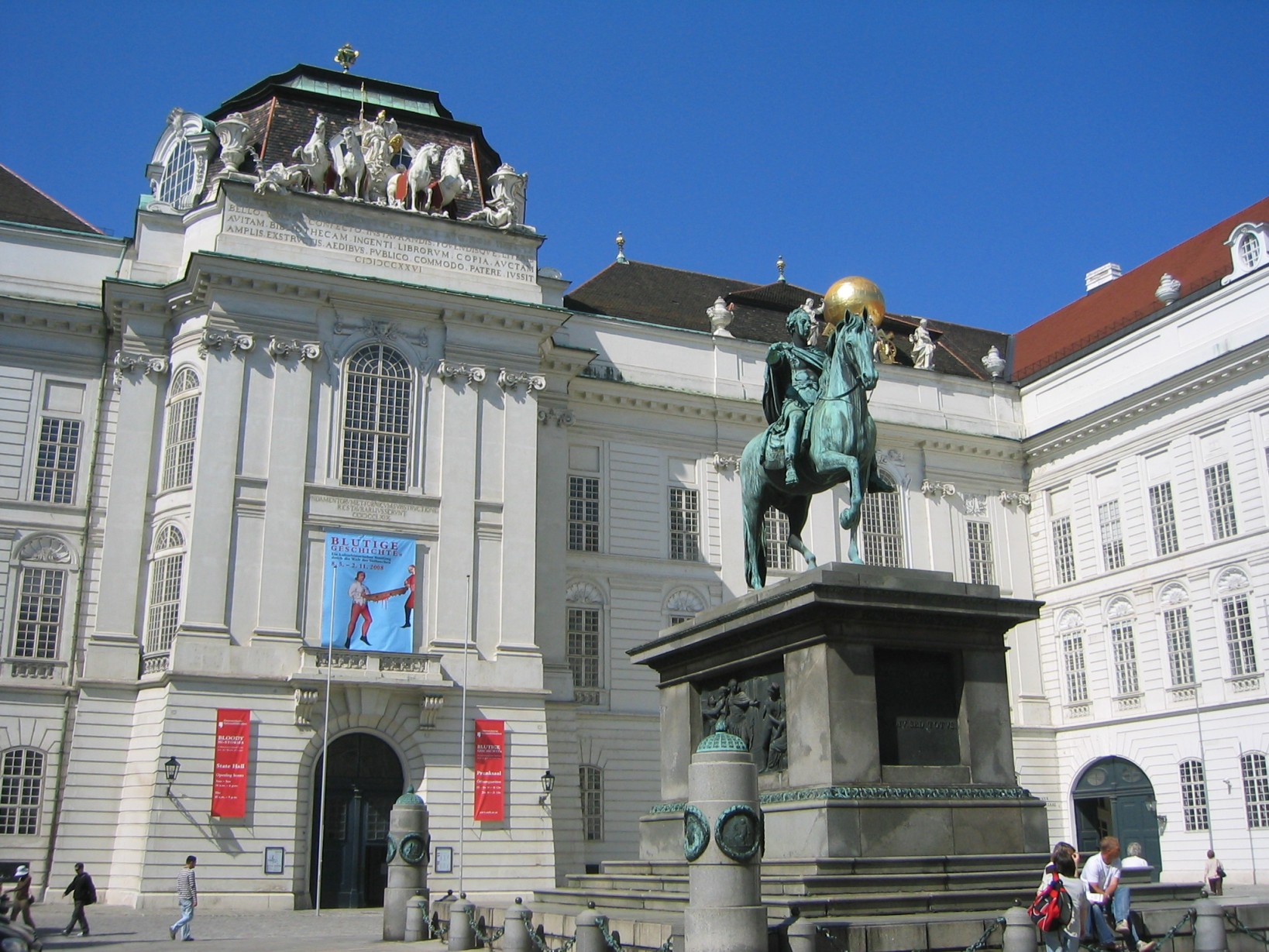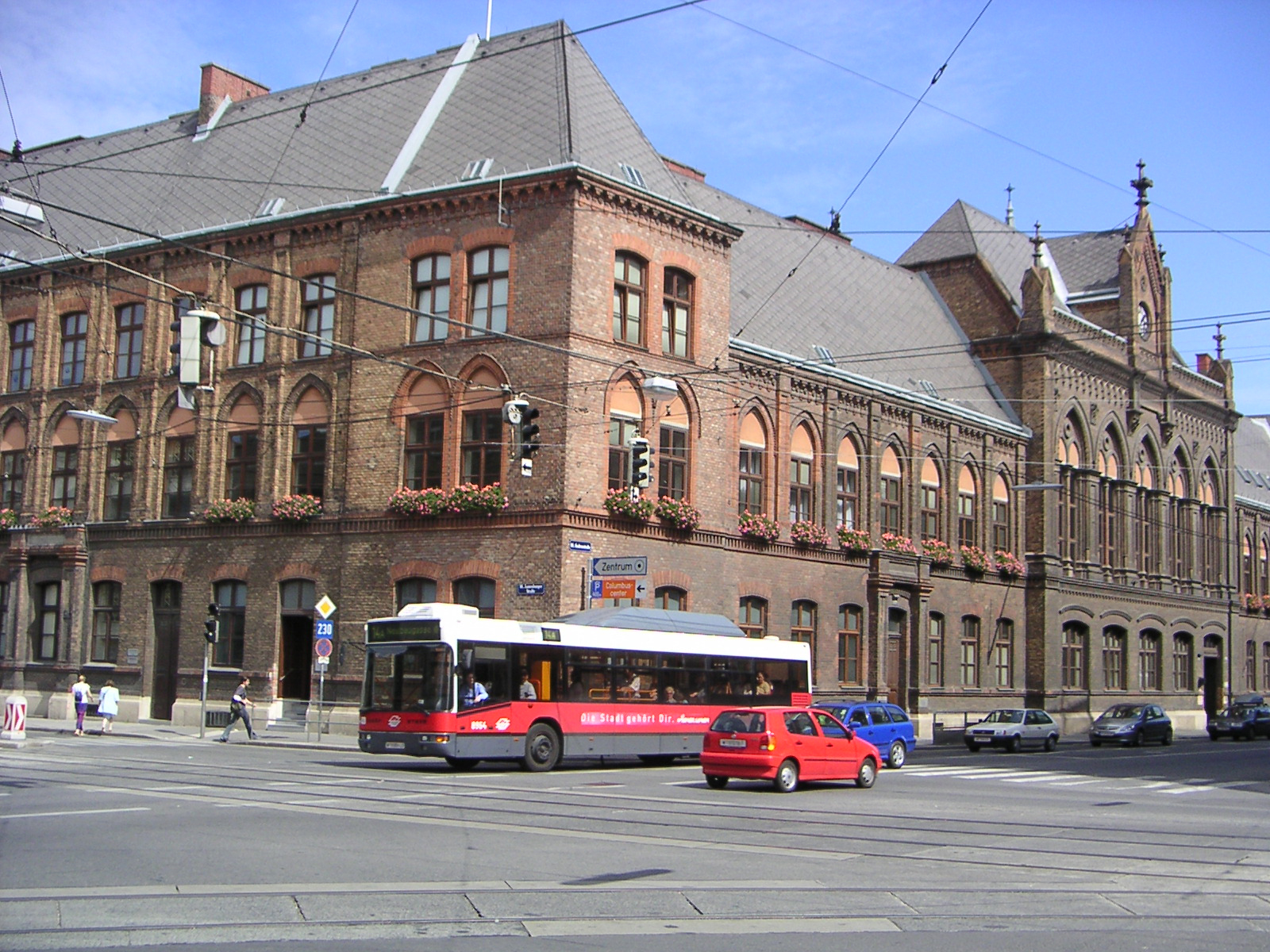|
Hans Canon
Hans Canon was the pseudonym of Johann Baptist Strašiřipka (also rendered as Johann Baptist Straschiripka or Hans Purschka-Straschiripka) (15 March 1829, Vienna 12 September 1885, Vienna), an Austrian history and portrait painter. Life His father was related to the princely Starhemberg family and served as an Economic Councilor. He seems to have been an indifferent student, but he did show an interest in art so, in 1845, he was enrolled at the Academy of Fine Arts, Vienna for a brief stay, then studied privately with Ferdinand Georg Waldmüller and Carl Rahl. From 1847 to 1855, before completing his studies, he became an officer in the Austro-Hungarian Common Army and served as a cuirassier in the Hungarian Campaign."Hans Canon" in the |
19th-century Austrian Painters
The 19th century began on 1 January 1801 (represented by the Roman numerals MDCCCI), and ended on 31 December 1900 (MCM). It was the 9th century of the 2nd millennium. It was characterized by vast social upheaval. Slavery was Abolitionism, abolished in much of Europe and the Americas. The First Industrial Revolution, though it began in the late 18th century, expanded beyond its British homeland for the first time during the 19th century, particularly remaking the economies and societies of the Low Countries, France, the Rhineland, Northern Italy, and the Northeastern United States. A few decades later, the Second Industrial Revolution led to ever more massive urbanization and much higher levels of productivity, profit, and prosperity, a pattern that continued into the 20th century. The Catholic Church, in response to the growing influence and power of modernism, secularism and materialism, formed the First Vatican Council in the late 19th century to deal with such problems an ... [...More Info...] [...Related Items...] OR: [Wikipedia] [Google] [Baidu] |
1885 Deaths
Events January * January 3– 4 – Sino-French War – Battle of Núi Bop: French troops under General Oscar de Négrier defeat a numerically superior Qing Chinese force, in northern Vietnam. * January 17 – Mahdist War in Sudan – Battle of Abu Klea: British troops defeat Mahdist forces. * January 20 – American inventor LaMarcus Adna Thompson patents a roller coaster. * January 24 – Irish rebels damage Westminster Hall and the Tower of London with dynamite. * January 26 – Mahdist War in Sudan: Troops loyal to Mahdi Muhammad Ahmad conquer Khartoum; British commander Charles George Gordon is killed. February * February 5 – King Leopold II of Belgium establishes the Congo Free State, as a personal possession. * February 9 – The first Japanese arrive in Hawaii. * February 16 – Charles Dow publishes the first edition of the Dow Jones Industrial Average. The index stands at a level of 62.76, and represents the ... [...More Info...] [...Related Items...] OR: [Wikipedia] [Google] [Baidu] |
1829 Births
Events January–March * January 19 – Ernst August Friedrich Klingemann, August Klingemann's adaptation of Johann Wolfgang von Goethe's ''Goethe's Faust, Faust'' premieres in Braunschweig. * February 27 – Battle of Tarqui: Troops of Gran Colombia and Peru battle to a draw. * March 11 – German composer Felix Mendelssohn conducts the first performance of Johann Sebastian Bach's ''St Matthew Passion'' since the latter's death in 1750, in Berlin; the success of this performance sparks a revival of interest in Bach. * March 21 – The bloodless Wellington–Winchilsea duel takes place at Battersea near London * March 22 – Greece receives autonomy from the Ottoman Empire in the London Protocol (1829), London Protocol, signed by Russian Empire, Russia, France and Britain, effectively ending the Greek War of Independence. Greece continues to seek full independence through diplomatic negotiations with the three Great Powers. * March 31 – Pope Pius VIII succeeds Pope Leo ... [...More Info...] [...Related Items...] OR: [Wikipedia] [Google] [Baidu] |
Austrian National Library
The Austrian National Library (, ) is the largest library in Austria, with more than 12 million items in its various collections. The library is located in the Hofburg#Neue Burg, Neue Burg Wing of the Hofburg in Innere Stadt, center of Vienna. Since 2005, some of the collections have been relocated within the Baroque structure of the Palais Mollard-Clary. Founded by the House of Habsburg, Habsburgs, the library was originally called the Imperial Court Library (); the change to the current name occurred in 1920, following the end of the Habsburg Monarchy and the proclamation of the Austrian Republic. The library complex includes four museums, as well as multiple special collections and archives. Middle Ages The institution has its origin in the imperial library of the Middle Ages. During the Medieval period, the Austrian Duke Albert III, Duke of Austria, Albert III (1349–1395) moved the books of the Viennese vaults into a library. Albert also arranged for important works from L ... [...More Info...] [...Related Items...] OR: [Wikipedia] [Google] [Baidu] |
Österreichische Galerie Belvedere
The Österreichische Galerie Belvedere is a museum housed in the Belvedere (palace), Belvedere palace, in Vienna, Austria. The Belvedere palaces were the summer residence of Prince Eugene of Savoy (1663–1736). The ensemble was built in the early eighteenth century by the famous Baroque architect Johann Lucas von Hildebrandt, and comprises the Upper and Lower Belvedere, with the Orangery and Palace Stables, as well as extensive gardens. The Belvedere houses what was the first public museum in Austria, today containing one of the greatest collections of Austrian art dating from the Middle Ages to the present day, complemented by the works of international artists. At the Upper Belvedere, visitors not only encounter artworks drawn from over five hundred years of art history but can also experience the magnificent staterooms. In addition to the Lower and Upper Belvedere, the museum has further sites at Prince Eugene's Winter Palace of Prince Eugene, town palace and the 21er Haus as ... [...More Info...] [...Related Items...] OR: [Wikipedia] [Google] [Baidu] |
Georg Olms Verlag
Georg Olms Verlag is a Hildesheim-based book publisher with publications in the field of ''Geisteswissenschaft'' (i.e. the humanities): first publications, ebooks, reprints and microfiche in the fields of archaeology, Arab studies, history, history of medicine and natural sciences, hippology, Jewish studies, cultural studies, literary criticism, art history, musicology, modern philology, Oriental studies, philosophy, theology and religious studies. History In 1886, Hermann Olms opened a bookstore in Hildesheim. Before the turn of the 20th century, the business expanded into a publishing company. School books, agricultural literature and local history works made up the publishing program. On 1 November 1945, his son Georg, who for political reasons was prohibited from working as a bookseller and publisher in the Third Reich by the Reichsschrifttumskammer, founded another bookstore, which he handed over to his son Walter Georg in 1953. From this he developed a scientific antiqu ... [...More Info...] [...Related Items...] OR: [Wikipedia] [Google] [Baidu] |
Favoriten
Favoriten (; ), the 10th district of Vienna, Austria (), is located south of the central districts. It is south of Innere Stadt, Wieden and Margareten. Favoriten is a heavily populated urban area with many residential buildings, but also large recreational areas and parks. Wien-Vienna.at webpage (see below: References). Wien.gv.at webpage (see below: References). The name comes from ''Favorita'', a semi-baroque palace complex that once served as a hunting castle but today is the Theresianum a Gymnasium (middle and high school) in the 4th district ( Wieden). The customs facilities at the original southern border of Vienna were known as the ''Favoriten-Linie'' (Favoriten Line) while nearby houses were known as the ''Siedlung vor der Favoriten-Linie'' (Settlement in front of the Favoriten Line). District sections The Favoriten District includes 6 sections: Katastralgemeinden Favoriten, Inzersdorf-Stadt, Rothneusiedl, Unterlaa, Oberlaa-Stadt and Oberlaa-Land, as well as ... [...More Info...] [...Related Items...] OR: [Wikipedia] [Google] [Baidu] |
Matzleinsdorf Protestant Cemetery
Matzleinsdorf Protestant Cemetery () is a historic church-owned and operated Protestant cemetery located in the Favoriten district of Vienna, the capital city of Austria. History and details Throughout the centuries, the Vienna Protestants did not have their own graveyard but were buried among Catholics in Catholic cemeteries. In May 1856 Emperor Franz Joseph I of Austria agreed to reformations which allowed for the creation of cemeteries of other denominations. The Protestant church acquired a plot of land at the outlying village of Matzleinsdorf that same year and began the construction of their first cemetery in Vienna. The original plans included a chapel, a home for undertakers, a mortuary and various storage facilities. The famous Austrian architect Theophil Hansen was contracted for the project. However the construction of the cemetery would take two years as the Protestant church ran out of money and needed to finance construction through donations. Matzleinsdorf Protest ... [...More Info...] [...Related Items...] OR: [Wikipedia] [Google] [Baidu] |
Aortic Dissection
Aortic dissection (AD) occurs when an injury to the innermost layer of the aorta allows blood to flow between the layers of the aortic wall, forcing the layers apart. In most cases, this is associated with a sudden onset of agonizing chest or back pain, often described as "tearing" in character. Vomiting, sweating, and lightheadedness may also occur. Damage to other organs may result from the decreased blood supply, such as stroke, lower extremity ischemia, or mesenteric ischemia. Aortic dissection can quickly lead to death from insufficient blood flow to the heart or complete rupture of the aorta. AD is more common in those with a history of high blood pressure; a number of connective tissue diseases that affect blood vessel wall strength including Marfan syndrome and Ehlers–Danlos syndrome; a bicuspid aortic valve; and previous heart surgery. Major trauma, smoking, cocaine use, pregnancy, a thoracic aortic aneurysm, inflammation of arteries, and abnormal lipid ... [...More Info...] [...Related Items...] OR: [Wikipedia] [Google] [Baidu] |
Vienna Natural History Museum
The Natural History Museum Vienna () is a large natural history museum located in Vienna, Austria. The NHM Vienna is one of the largest museums and non-university research institutions in Austria and an important center of excellence for all matters relating to natural sciences. The museum's 39 exhibition rooms cover 8,460 square meters and present more than 100,000 objects. It is home to 30 million objects available to more than 60 scientists and numerous guest researchers who carry out basic research in a wide range of topics related to human sciences, earth sciences, and life sciences. The ''Index Herbariorum'' code assigned to this museum is W and it is used when citing housed herbarium specimens. History The earliest collections of the Natural History Museum Vienna date back more than 250 years. It was the Holy Roman Emperor Francis I, Maria Theresa’s husband, who in 1750 purchased what was at the time the world's largest collection of natural history objects from th ... [...More Info...] [...Related Items...] OR: [Wikipedia] [Google] [Baidu] |









